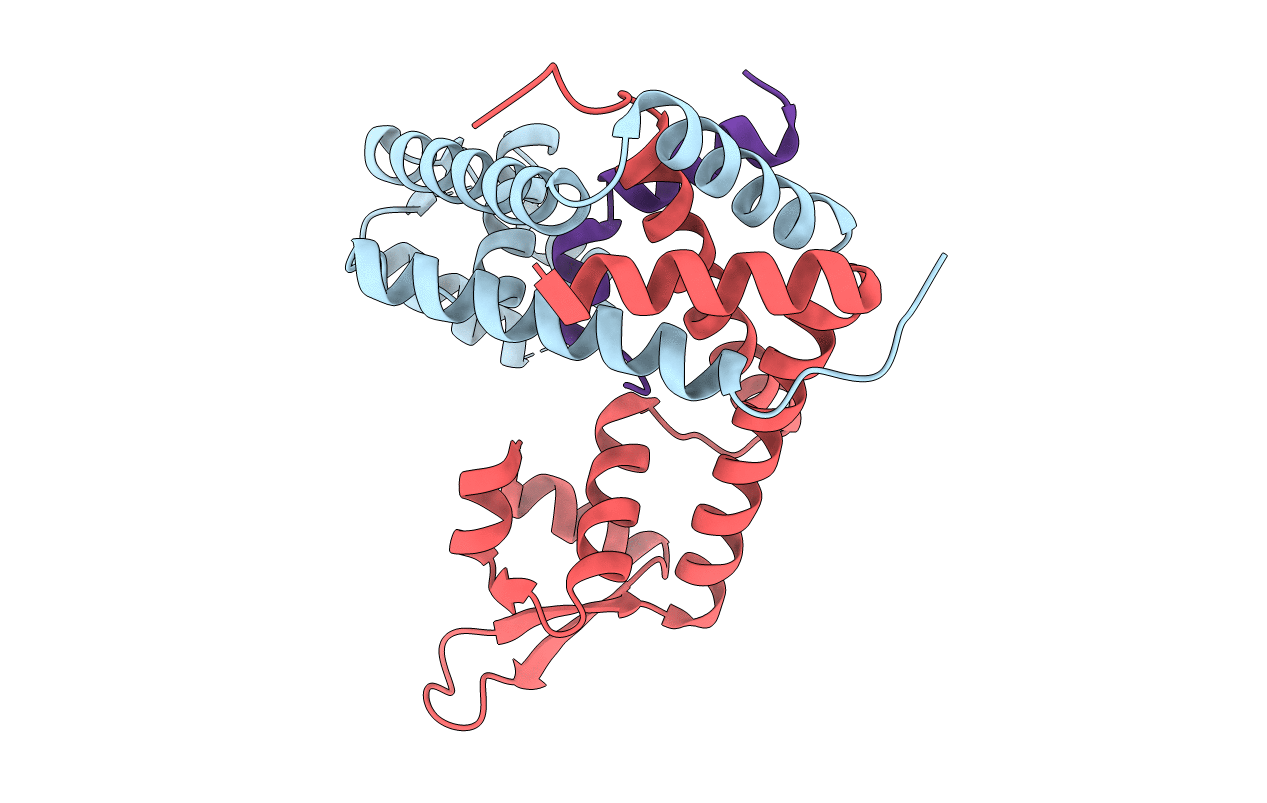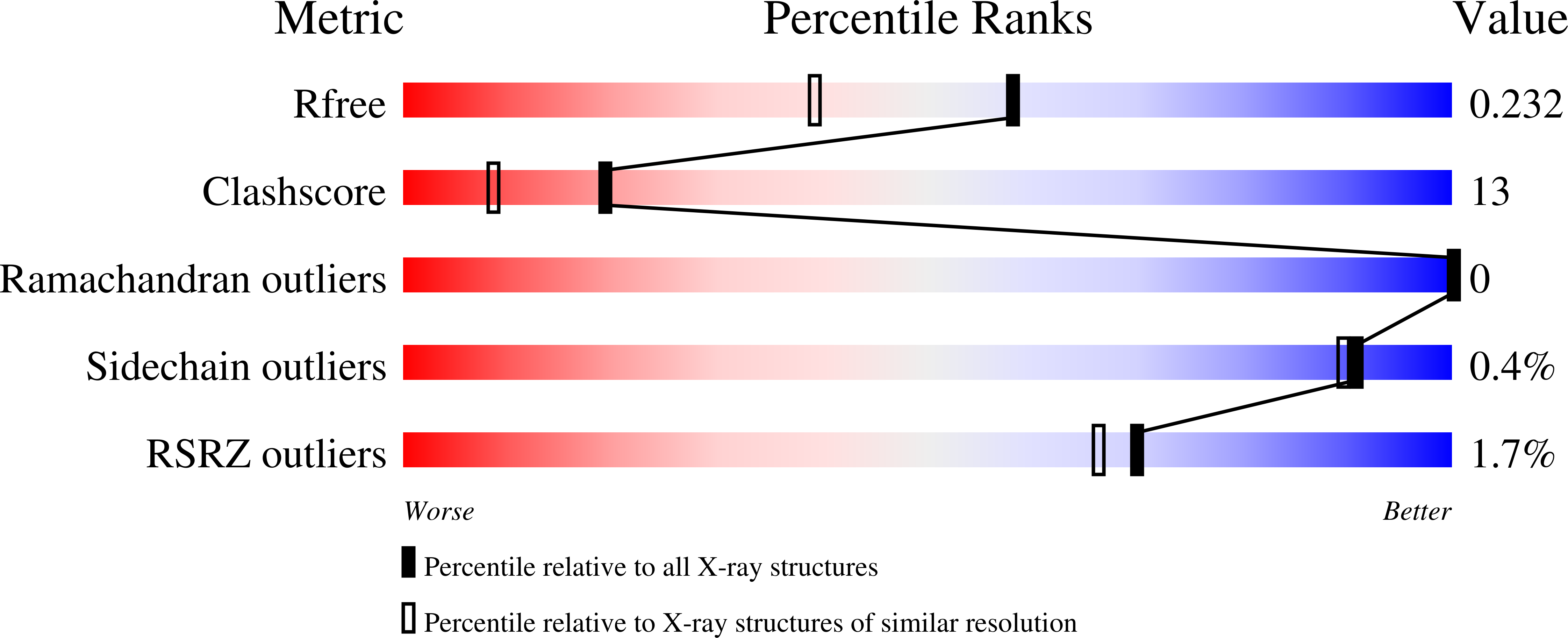
Deposition Date
2008-08-30
Release Date
2008-10-21
Last Version Date
2023-08-30
Entry Detail
PDB ID:
3ECH
Keywords:
Title:
The MarR-family repressor MexR in complex with its antirepressor ArmR
Biological Source:
Source Organism:
Pseudomonas aeruginosa (Taxon ID: 287)
Host Organism:
Method Details:
Experimental Method:
Resolution:
1.80 Å
R-Value Free:
0.22
R-Value Work:
0.17
R-Value Observed:
0.17
Space Group:
P 21 21 21


